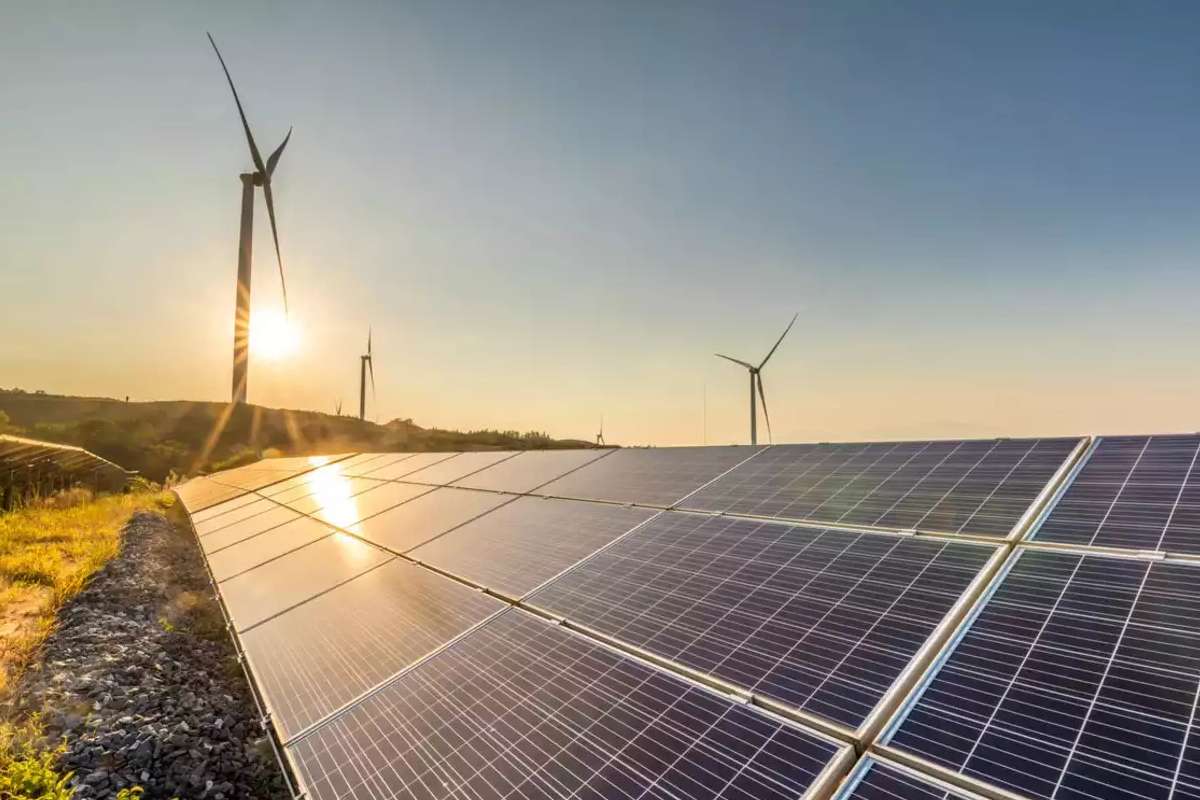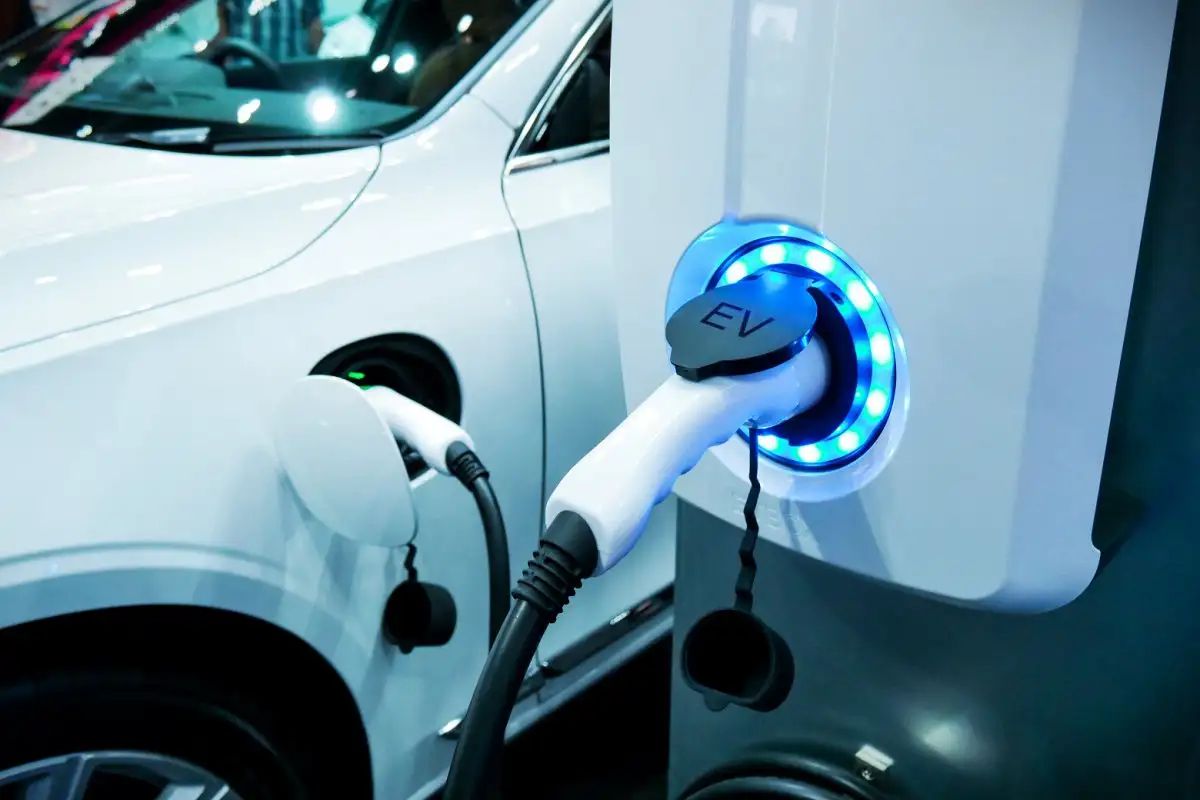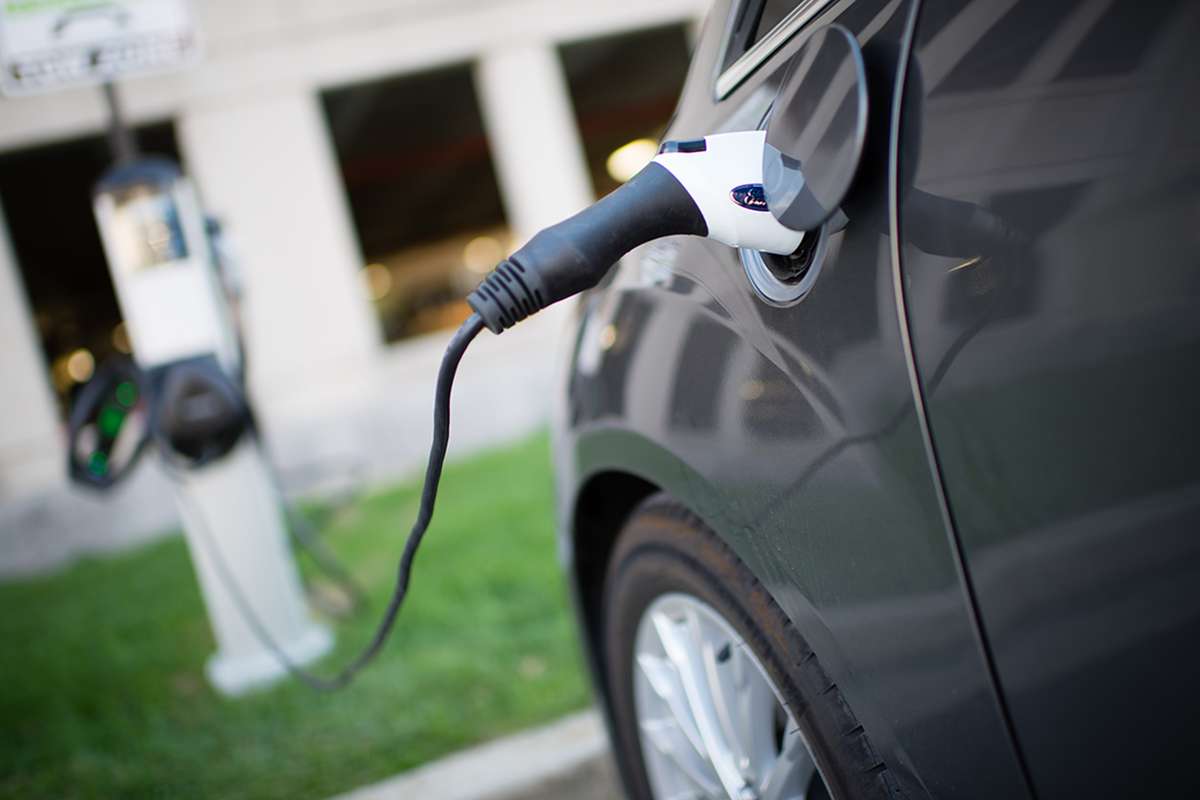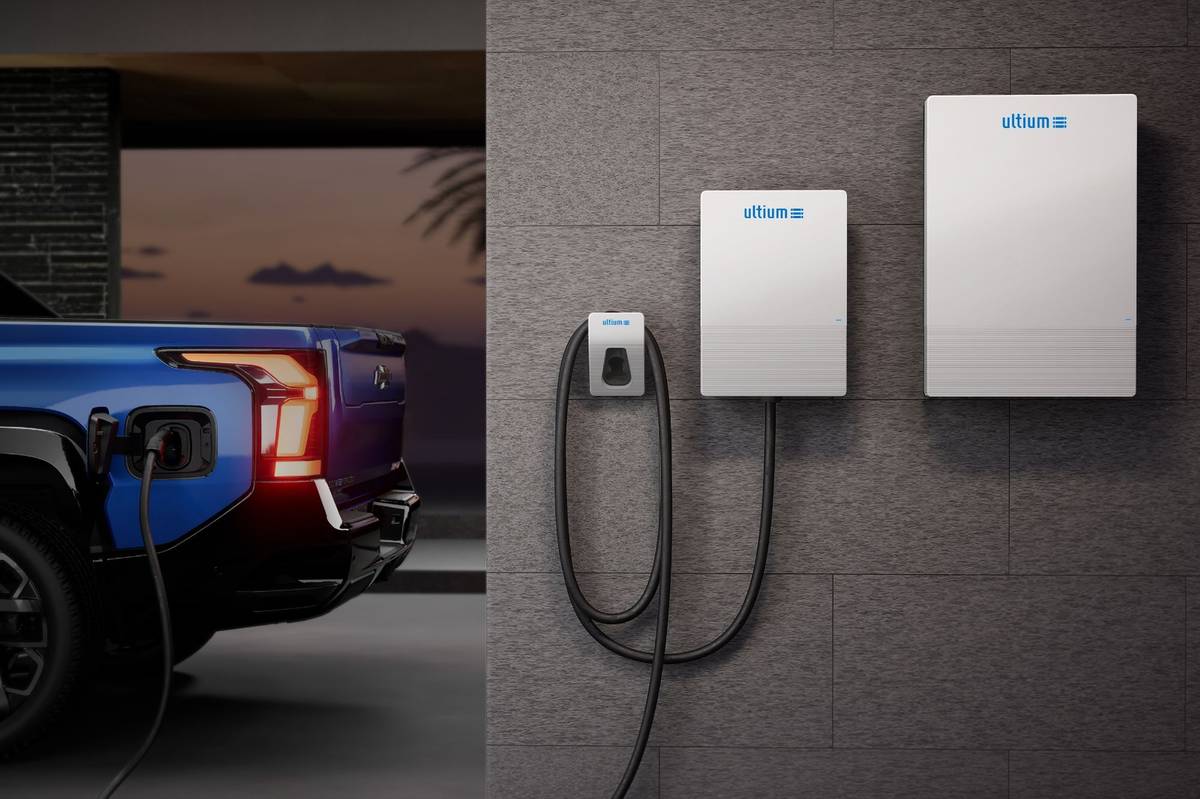Local communities have a significant role to play in accelerating the adoption of critical distributed energy resources (DERs) for both…
Be part of Renewable Energy Community



Renewable Energy News

Local communities have.

The trajectory of.

In a remarkable.
From Our Latest Research

Electric Grid’s Challenge: Adapting to a World of 100% Electric Vehicles
One of the remarkable features of today’s EVs is their support for automatic off-peak charging. With this functionality, EV owners can set specific times for charging that correspond to utility-defined off-peak hours.
In many regions, a scenario where the entire EV fleet charges overnight is conceivable without necessitating additional power generation infrastructure. This aligns with the utility’s goal …

European Union Enacts Law for More Electric Vehicle Chargers
The European Union has taken a significant step towards promoting electric mobility by introducing a new law that ensures seamless travel for electric vehicle (EV) owners across member states.
This legislation is aimed at facilitating the growth of EV charging infrastructure…

Beating the Heat: Tips to Keep Your Pets Cool During a Heatwave
As Europe faces scorching heatwaves, ensuring the well-being of our beloved pets is a concern. Just like humans, animals can suffer from heat-related issues, making it essential to take steps to protect them during extreme temperatures.
Hydration and shade are paramount for pets. Just as people are urged to drink water and avoid prolonged exposure to high temperatures, the same principles apply to animals. Adjusting daily routines, including walks, is necessary during oppressive heat. …


